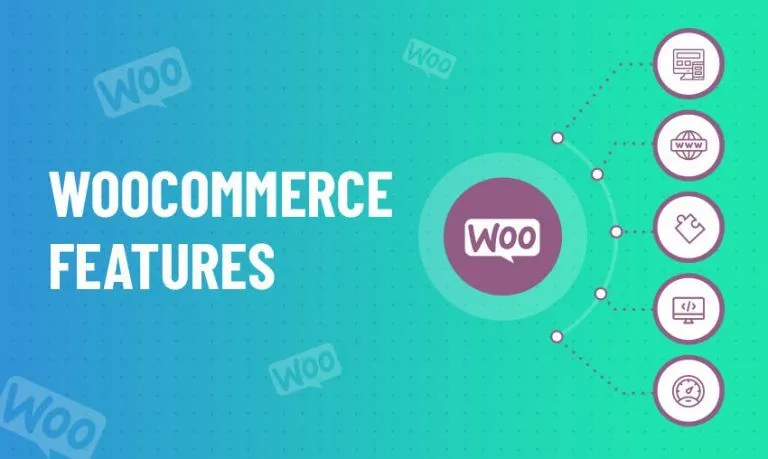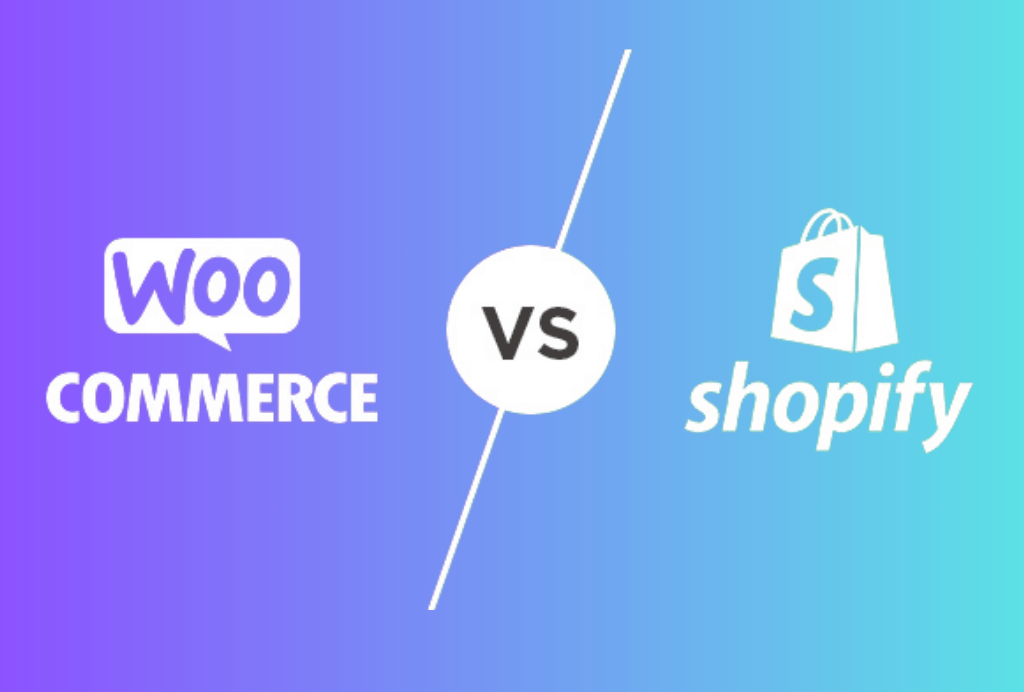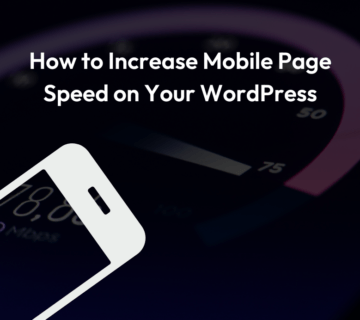Comparison Between Shopify And WooCommerce 2024
WooCommerce And Shopify are regularly featured on best ecommerce platform lists for a reason. They are both used to build and manage an online store through a user-friendly experience, but what do they do? Let’s learn what these platforms are all about.
What is Main Difference between WooCommerce And Shopify?

Launched in 2011, Woo Commerce has become the most popular e-commerce platform with more than 3.8 million users. Its popularity stems from its simplicity, power, and endless options. Best of all, it allows you to run your online store using the most popular CMS in the world.

Unlike Woo Commerce, Shopify is not open source but has many features suitable for many purposes. Shopify predates Woo Commerce (launched in 2004). The Canada-based platform has more than 1 million businesses and is regularly updated with new features. Shopify is not free or a one-time fee; instead it is a monthly fee added to the sale. The platform makes it very easy to start an online business from scratch and is especially appealing to beginners with little coding skills. If you want to customize your Shopify store, you’ll need professional help. Shopify is a very intuitive way to compare different ecommerce platforms.
WooCommerce And Shopify – Top Features
Many consumers struggle to choose an eCommerce platform because they are unsure of what to search for. Most choose between Woo Commerce and Shopify because everyone else does, but as a store owner, you must justify your choice, and we will assist you to do so.
Consider these aspects when selecting an eCommerce platform:
USABILITY
As an online retailer, you want to spend as much time as possible on duties like customer service, order processing, customer support, and vendor relations. To achieve this perfect circumstance, you need an eCommerce platform that is simple to set up, maintain, and manage. A wide range of payment alternatives is available with Woo Commerce.
Shopify is definitely easier to learn than Woo Commerce. Stores on Shopify are hosted. It handles a lot of the technical aspects of running a store. Shopify covers your domain name, hosting, and security (SSL) certificates.
You also don’t have to install, administer, or update any software with Shopify. No worries about security or backups.
With Woo Commerce, you must source your own web hosting and security, but this is a simple process. Bluehost is recommended for your Woo Commerce store. Bluehost’s dedicated Woo Commerce plans include auto-install, a free domain name, and an SSL certificate.
PAYMENT OPTIONS
Shopify Payments are enabled by Stripe, as well as third-party payment gateways like PayPal and Amazon Payments. Shopify Payments is currently only available in the US, Canada, the UK, and Australia. Other countries require a paid third-party payment gateway.
PayPal and Stripe are free extensions, but Authorize.Net, Amazon Payments, and Braintree cost almost $100/year. Stripe and Paypal are strong options for eCommerce.
When selling online, you must allow clients to pay. Both Woo Commerce and Shopify have over 100 payment gateway options. These can be built-in or introduced via integrations. Mainly:
Unlike Shopify, Woo Commerce does not charge transaction fees when using a third-party payment gateway (i.e. not Woo Commerce Payments).
Bank and payment provider fees will still apply with Woo Commerce (like PayPal). Woo Commerce makes more sense if you sell a lot of things. It also appeals to vendors who want to choose their own merchant accounts.
SHIPPING METHODS
Both Woo Commerce and Shopify let you customize shipping charges based on product size, weight, and delivery location. You can also set up real-time shipping cost calculations with carriers like FedEx and UPS.
You must buy a plugin for Woo Commerce.
To add this capability to your Shopify store, you must have the Advanced Shopify plan. Shopify has connections with major goods delivery companies like Amazon and Rakuten (this offers a very practical solution to your logistics issues).
WooCommerce And Shopify Final Conclusion
In the battle of WooCommerce And Shopify , it’s time to decide which platform is best for you.
It’s normal to be nervous about choosing an e-commerce business. Running an online store is a difficult task, and making the wrong choice can cause your business to fail in the beginning. Shopify and Woo Commerce are great platforms and each have their own pros and cons. You can choose any as long as it meets your needs.






No comment